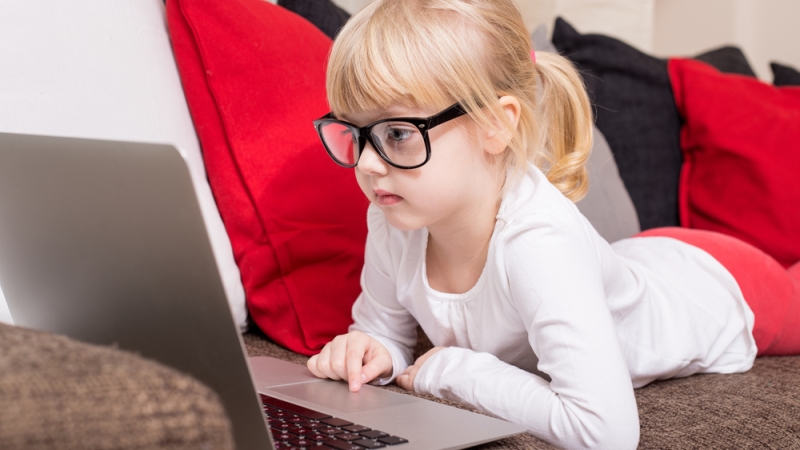
The U.S. Departments of Education and Health and Human Services (HHS) released their first joint policy brief on children using educational technology. The brief serves as a call to action to researchers, developers, and administrators to address important research questions and develop products that ensure the best uses of technology in early learning.
“The early learning community has been wisely cautious about using technology with our youngest children,” said Libby Doggett, deputy assistant secretary for Policy and Early Learning at the Department of Education. “But technology, when used appropriately with caring adults, can help children learn in new ways–and lessen the growing inequity in our country.”
The brief states the following goals: “1) all young children will have adults in their lives who are well-informed on how to use technology to support learning at various ages; and 2) all young children will have opportunities to learn, explore, play, and communicate through a multitude of approaches, including the use of technology.”
Created in conjunction with the American Academy of Pediatrics, guiding principles for technology use include:
- Technology, when used properly, can be a tool for learning.
- Technology should be used to increase access to learning opportunities for all children.
- Technology may be used to strengthen relationships among parents, families, early educators, and young children.
- Technology is more effective for learning when adults and peers interact or co-view with young children.
“The brain science is clear–in the earliest years, learning is dependent on adult-child interaction and on healthy relationships between children and their caregivers,” said Linda Smith, deputy assistant secretary of Early Childhood Development at HHS. “We are excited about the new learning opportunities that technology can offer young children when parents and early childhood educators use it appropriately to support and supplement one-on-one interactions between children and their caregivers, both in the classroom and at home.”
“For early learners, technology can provide opportunities to connect, create, and engage in meaningful learning experiences,” said Joseph South, director of the Office of Educational Technology. “Active learning with technology is best when an adult is guiding and participating side-by-side with the child.”
